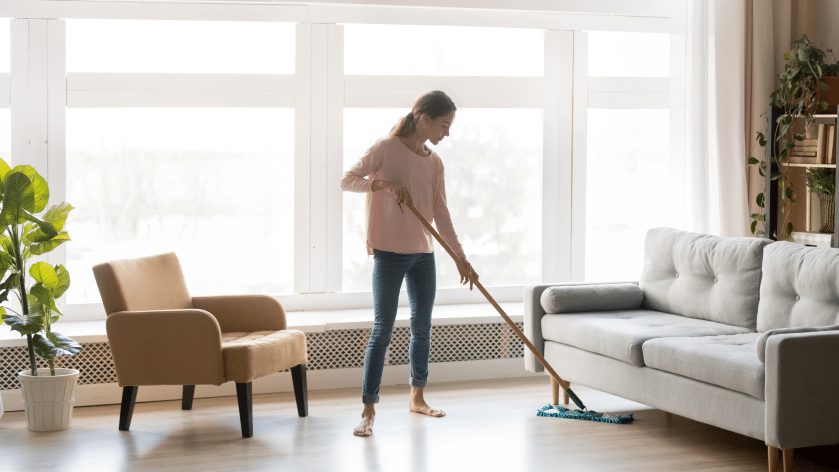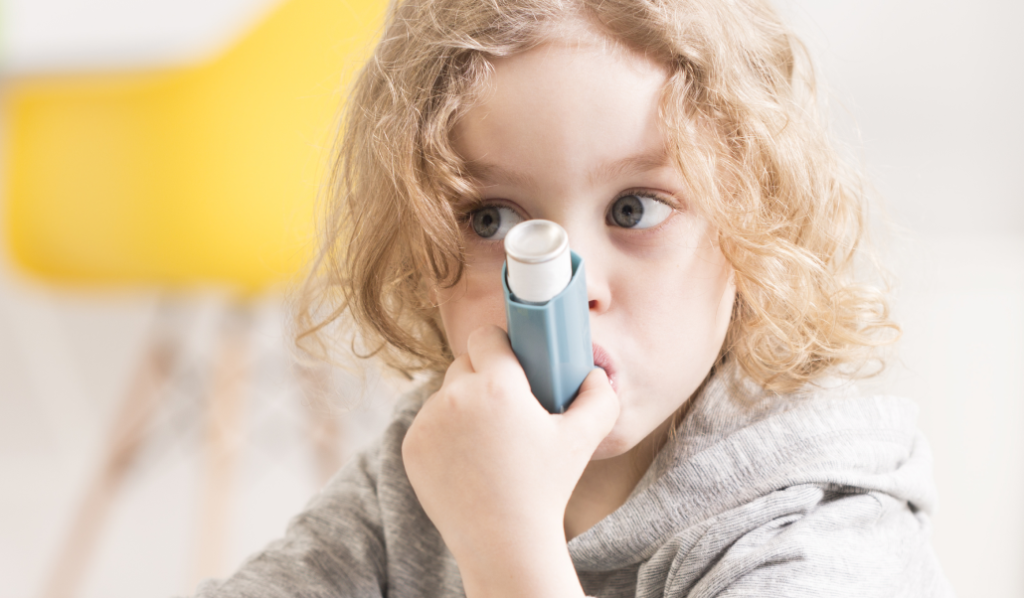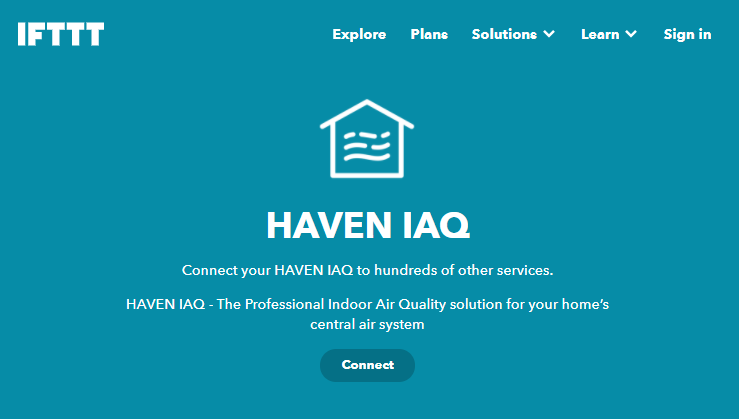No One CAREs About Residential Controls - An Open Letter
Let’s face it: No one CAREs about residential controls - and that needs to change.
The current state of residential HVAC controls, especially when it comes to Indoor Air Quality (IAQ), is flat-out inadequate. While the commercial world boasts Building Automation Systems that can adapt to changes in occupancy levels and optimize environments, in the residential world we don’t even have enough relays to connect the necessary equipment.
For the contractors who go above and beyond - identifying IAQ problems, proposing solutions, and installing equipment - only to have limited or complicated controls hold them back, is unacceptable. Quite frankly, we are failing contractors by burying critical settings deep in the advanced menus of thermostats, and turning them off by default. We believe HVAC and IAQ controls do not set up our techs for success without significant training and time on-site.
We’re not the first to point out that there’s too much focus on the equipment in our industry, rather than the ductwork, building envelope, and controls that all determine whether that equipment can do its job. Adding IAQ equipment (ventilation, humidity control, filtration) makes this situation even more complex, and the promise of a healthy home less certain. The equipment isn’t working together - it's not communicating like a true, integrated system.
In residential, when a home does have equipment like an ERV, it typically only comes with a wall switch with three settings: off/min/max. Homeowners aren’t adjusting settings, and the ERV doesn’t communicate with any sensors - let alone operate in sync with the HVAC system, or with knowledge of the outdoor environment. Only advanced pros who've mastered 24V controls can physically wire interlocks between separate equipment, like make up air units with kitchen hood fans.
The truth is, the industry hasn’t CAREd about residential controls. Why not? What’s stopping us from delivering solutions that work as they should?
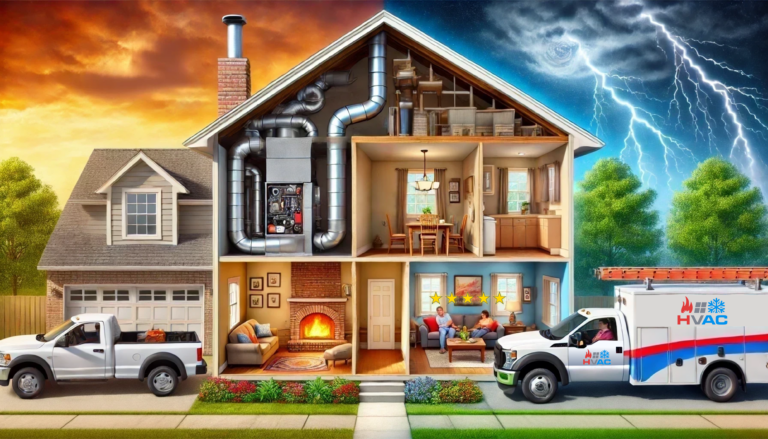
Now, imagine a world where your customers’ HVAC equipment and IAQ are perfectly managed. Their homes are safe, comfortable, and healthy - no matter what the conditions are outside. Your technicians didn’t need extensive training, and don’t need to increase on-site time to do the job right. Customer satisfaction and retention are at an all time high, because you are giving them better service than they’ve ever known. What’s standing in the way of making this future a reality?
We’ve spoken with some of the best brains in the game, and together we came up with a framework for what controls need, to support real progress in HVAC and IAQ. Here’s the framework we believe in:
The best IAQ controls should be Comprehensive, Adaptable, Reliable, and Efficient - they should CARE. And we don’t mean in the "care package" sense; we mean in a "controls package" that reduces pollution and optimizes air quality. Let’s break it down...

C for Comprehensive: Seeing the Whole Picture
What does it mean for IAQ controls to be comprehensive? It’s about shifting your perspective beyond just heating and cooling equipment. HVAC is about managing temperature, but IAQ adds another layer; humidifiers, ventilators, and filtration systems are all interrelated. The controls don’t just get incrementally more complicated; they get exponentially more complicated. The more systems you add, the more complex things get - but we can’t let complexity be a barrier.
Again, most thermostats don’t even have enough relays to connect to all the necessary pieces of IAQ and HVAC equipment, and the advanced options can be in the realm of $3k. These are not Comprehensive - and they’re certainly not accessible to the average customer.
A for Adaptable: Responding to Changing Conditions
Imagine selling a ventilation system that brings in wildfire smoke because your solution has no awareness of the outdoor air conditions. Residential controls should react to both indoor and outdoor conditions dynamically: they need to be Adaptable.
Ventilation is often completely closed off and avoided in hot & humid climates, due to the harm caused by excess moisture being brought indoors (yes, the M word). Unfortunately most homes still do not have dedicated dehumidifiers or HVAC systems which can handle the significant sensible or latent load that ventilation can add into a home. Our controls need to enter the 21st century, with logic to control ventilation based on these factors, and other outdoor air parameters. They should be able to determine why and when equipment is activated based on this indoor-outdoor contextual awareness - otherwise we are just horse trading one problem for another.
Another omission of current residential controls is a lack of IAQ sensors. Do we really need to bring in ventilation? What problem are we solving? Most ventilation systems operate on a timer or run a certain amount of minutes per hour, according to ASHRAE 62.2 calculations. Demand Controlled Ventilation is a well established concept in schools and commercial office spaces; capable of carefully balancing human health and energy efficiency simultaneously. Why do residential controls lack Demand Control? And what about Demand Controlled Filtration using PM2.5 data?
There’s also a liability concern at play here. Contractors don’t want to tackle an IAQ project if they could create a new or different problem, or simply don’t have the confidence to fix the original problem the customer is paying to have solved.
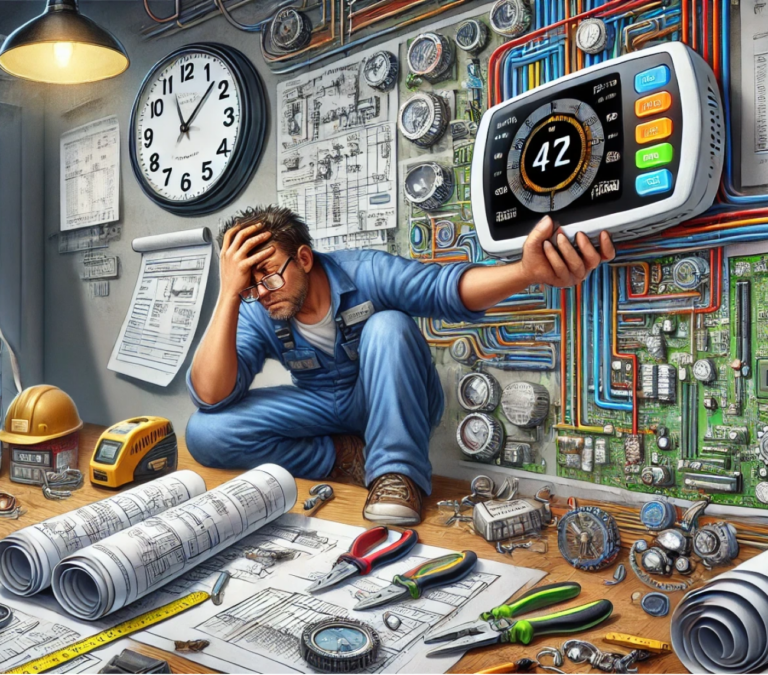
Let's be real
Most of the industry isn’t really controlling IAQ. It can be time consuming, complicated, require additional training, and create tricky callbacks. Install teams are chasing efficiency and revenue; whilst service teams are growing in their wake to fix multiple issues, eating into profits.
Technicians are already struggling with the amount of work that’s required on projects, the time spent on jobs, and the number of service calls during busy seasons. How do we achieve better results, without adding complexity?
Most residential controls today put the burden on the technician to understand sophisticated algorithms and features (buried deep in the back of thermostats) to achieve critical outcomes. For example, a dynamic humidity setpoint can prevent condensation from forming on customers' windows in the winter, but is usually off by default and difficult to find in the advanced settings. We must lower the barrier for technicians and service managers to install, control, and manage IAQ if we want widespread adoption of healthy homes in the HVAC industry.
R for Reliable: No Surprises, No Callbacks
Imagine you’ve installed a controls system that manages the home’s equipment, keeping pollutants in check. But two weeks later, you get the dreaded callback - the customer’s noticed that their damper isn’t being activated, or their dehumidifier has been running more than expected. What do you do? In the age of modern tech, you shouldn’t have to roll another truck and send a technician out to investigate.
You need real-time monitoring, remote visibility, and reliable data. Reliable controls work seamlessly after installation, providing accurate, actionable insights without surprises. Customers shouldn't face downtime, confusion, or dissatisfaction due to false alarms or system failures. Reliability eliminates unnecessary callbacks and increases trust in the technology - for both sides.
E for Efficient: Simplified Setup and Operation
With time at a premium and an ever-increasing focus on minimizing time on a service call, IAQ controls should be efficient to set up. No one wants to spend hours setting up a complex system. Efficiency is essential; it can’t require the technician to become an IAQ expert. Best practices should be built into the system, with intelligent defaults and just-in-time educational support during installation so you can set things up quickly without sacrificing quality.
This efficiency should also extend beyond installation. Smart automations and system recommendations should simplify long-term maintenance and service, freeing up valuable time and ensuring the system remains efficient for both the customer and the technician.
The Future of IAQ Controls
We’ve got a long road ahead, but at HAVEN, we’re striving to meet these criteria. Big improvements are coming that will bring us closer to the vision of IAQ controls that truly CARE. But this is bigger than just one company - it's about pushing the entire industry forward.
So, we want to hear from you. What do you think? What would you add to the list? Are there any controls solutions that are already hitting the mark?

Join the conversation with us below or on social media @HAVEN_Pro, and let’s push the HVAC industry forward - together.
Sincerely,
Kevin Hart
No One CAREs About Residential Controls – An Open Letter Read More »











 Vancouver, British Columbia
Vancouver, British Columbia



